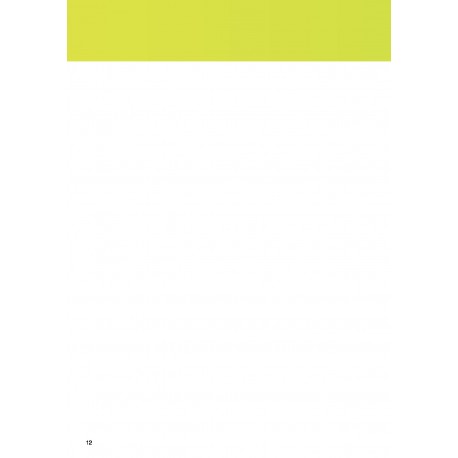Cart
0
0
No document
0,00 €
Total
Document successfully added to your shopping cart
Quantity
Total
There are 0 items in your cart.
There is 1 item in your cart.
Total documents
Total shipping
To be determined
Total
Search & filter
Search for a publication
Search & filter

Design Aspects of Fibre Reinforced Shotcrete Linings based on Experimental Test Results
85_design_aspects_of_fibre_reinf
R. Winterberg / K. P. Juhász / L. Nagy / P. Schaul
The design of fbre reinforced shotcrete (FRS) linings for tunnels or mines is commonly based on the well-known and widely recognised Q-System or Barton charts. This performance based design approach accesses the results of experimental tests, carried out on panel specimens according to existing standards or guidelines. This is different to the general methodology to access and determine the performance of fbre reinforced concrete (FRC) using standardised beam tests. Panel and beam test results yield signifcantly different information on the performance of FRC and it is problematic to correlate them. The beam test yields a stress-strain relationship for a small displacement range only. However, ground deformation and crack development can make it very diffcult to predict exact stresses in a shotcrete lining. Performance data from panel tests at larger displacements are the safer option regarding the design. A beam test is a low deformation test (up to 4 mm central displacement) and thus, does not provide information for larger displacements that can be found in usual underground environments. Due to the geometry of the specimens and its test setup, a beam test focuses only on the small width of a singular crack with a very short crack length, depending on the specimen width. These limitations make it unrepresentative for statically indeterminate and highly redundant shotcrete linings, where stress redistribution is possible and larger deformations occur. When evaluating FRS for the design of a FRS lining it is very important to use a test methodology that is well representative of its working mechanism and failure mode, and refects the full capabilities of the composite material. Based on the signifcantly different working and failure mechanisms, structural tests to evaluate the post-crack performance and the ductility of a FRS lining are typically conducted on different types of panels rather than on traditional beams. However, for special conditions or checks a more accurate design method must be employed to address particular design details of the shotcrete lining. Appropriate tools therefore are thrust-moment capacity envelopes or the Finite Element Analysis. These calculations require defned material parameters, such as the stress-strain or the stress-crack width relationship of fbre reinforced concrete. Normally, standardised beam tests according to existing standards must be carried out to determine these material parameters.This paper addresses the diffculty in correlating test results obtained from beams and panels. The signifcant difference in results among beam and panel tests is shown and discussed with regard to their implementation into a FRS lining design. A numerical model based on experimental test results is presented to predict core material parameters of FRC derived from panel tests in order to avoid additional beam testing, which not only implies a complicated test setup but also the inherent variability of the results, likely leading to uneconomic designs.


